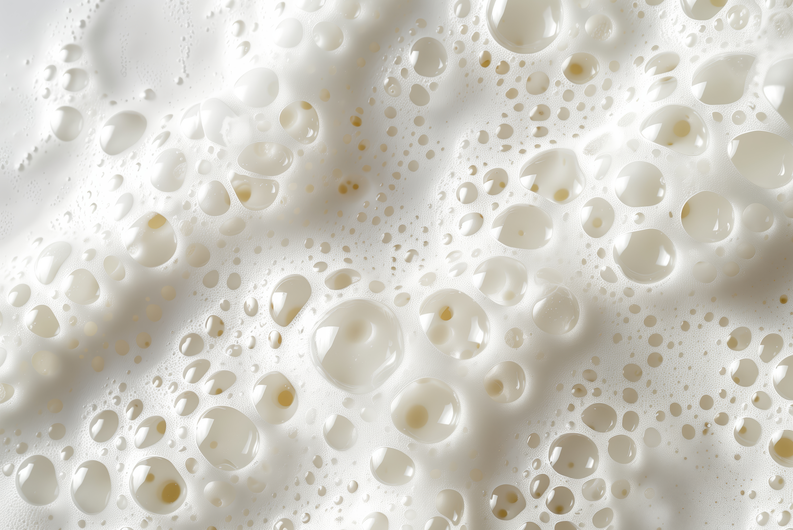The science of fire suppression relies on advanced chemistry to combat complex fuel fires. At the heart of effective firefighting foam agents lies a class of ingredients whose role is both critical and irreplaceable: specialty surfactants. These are not ordinary cleaning agents; they are engineered molecules designed to perform under extreme conditions, creating a blanket that cools, smothers, and secures.
The primary function of these surfactants is to enable the formation of a stable, cohesive foam blanket. When mixed with water and aerated, they reduce surface tension dramatically, allowing the solution to expand into a thick, gas-filled matrix. This foam blanket must be resilient, floating on the surface of flammable liquids to form a continuous physical barrier. This barrier prevents volatile vapors from escaping into the air, effectively starving the fire of the fuel it needs to sustain combustion. The unique molecular structure of these surfactants ensures the foam can spread rapidly and uniformly, even across turbulent fuel surfaces.
A key performance metric for firefighting foam is its ability to form an aqueous film. Certain fluorosurfactants, though facing increased regulatory scrutiny, have been historically pivotal for this function. They are engineered to create a thin, continuous layer of water solution that drains rapidly from the foam blanket and spreads across the hydrocarbon fuel surface. This film-forming action provides an immediate vapor-suppressing layer underneath the foam blanket, leading to exceptionally fast knock-down of flames. The quest for environmentally sound alternatives that can replicate this rapid film-forming capability underscores the sophisticated design challenge involved.
The stability of the foam blanket is equally vital. The foam must resist heat-induced breakdown, fuel contamination, and environmental factors like wind to ensure long-term fire security and prevent re-ignition. Specialty surfactants work in synergy with foam stabilizers and polymers to create a bubble structure with optimal drainage characteristics and mechanical strength. This ensures the blanket remains intact, sealing the fuel surface long after the initial application, which is crucial for scenarios where re-flash is a significant hazard.
The irreplaceable nature of these surfactants becomes clear when considering the limitations of generic alternatives. Standard surfactants cannot simultaneously achieve the low surface tension, rapid spreading, thermal stability, and film-forming properties required for Class B fire suppression. They may fail to generate a stable foam, break down upon contact with fuel, or degrade quickly under intense heat. The molecular design of specialty surfactants is tailored specifically to overcome these extreme challenges, making them a non-negotiable component in modern firefighting foam concentrates. Their continued evolution is fundamental to developing more effective, efficient, and environmentally compatible fire suppression solutions for industrial and aviation safety.


